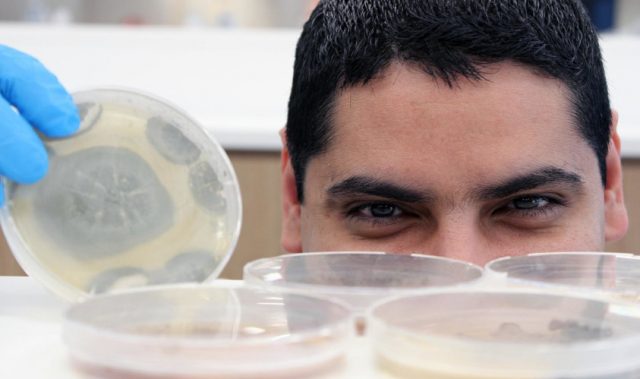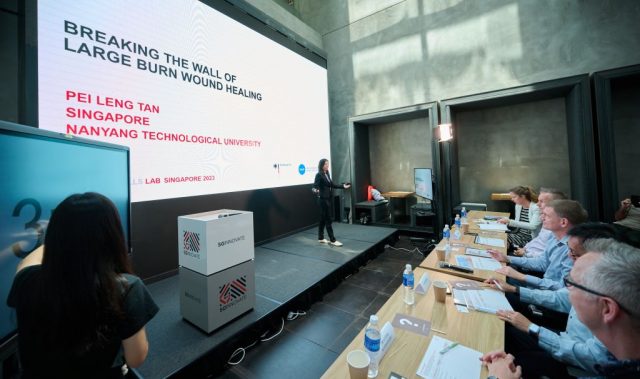
AsianScientist (May 26, 2015) – A study published in Environmental Science & Technology has revealed that microbial communities in urban waterways could play an important role in cleansing Singapore’s waterways and also act as raw water quality indicators.
The increased demand for water in urban centers, coupled with the elevated pressures placed on the environment by high-density living, has created a demand for efficient, environmentally sustainable solutions to manage urban watersheds. Currently, organic pollutants are found at trace levels in raw water–well below the United States-Environmental Protection Agency (US-EPA) drinking water standards–and are removed during water treatment processes.
Researchers from the National University of Singapore (NUS) Environmental Research Institute (NERI) and the Singapore Center for Environmental Life Sciences Engineering (SCELSE) at Nanyang Technological University (NTU) have discovered that the untapped natural ability of microbial communities could be harnessed to treat raw water even before undergoing treatment.
This process is known as ‘bioremediation,’ a treatment that uses naturally occurring organisms to break down organic pollutants. The study was conducted around the Ulu Pandan catchment area in collaboration with the Singapore’s national water agency, the Public Utilities Board (PUB).
Using DNA and RNA sequencing, the joint research team identified members of the entire microbial community and their functions from the aquatic ecosystem at the Ulu Pandan catchment area. Apart from the discovery that the microbes could remove and neutralize organic pollutants, the researchers also found out that the presence of aluminium, copper and potassium were critical to the community’s ability to perform its ecological ‘cleansing’ properties.
“This study demonstrates the power of combining an in-depth analysis of microbial community ecology with physical and chemical characteristics,” said the project’s lead scientist, Associate Professor Sanjay Swarup, deputy director of NERI and a Research Director at SCELSE.
The study also examined the differences of microbial communities in residential and industrial watershed systems. It was discovered that these two microbial communities perform different functions, which shows how various land use could influence the types of microbes and the functions they are capable of performing.
“Knowing what the microbes are doing provides information on what they are responding to. These marker-based microbial functions provide a higher resolving power than chemical markers that are currently in use,” said Dr. Gourvendu Saxena, research fellow at NERI and SCELSE.
“This study has enabled us to identify the key drivers of microbial communities and their functions at a watershed-scale. The findings can be used to understand microbial activity responsible for removing and neutralizing organic pollutants, which is critical to developing ecologically friendly waterways in rapidly urbanizing environments,” added Saxena, who is the lead author of the study.
The study also found that the Ulu Pandan catchment area was not only well-managed but is an efficient drainage system, with pollutants below the baseline safety limits.
Moving forward, the team will continue to investigate the microbial communities’ ability to self-cleanse the waterways. This is done by understanding the response to manipulating key metals, identifying the most efficient microbial community composition and establishing the conditions needed for optimal bioremediation. Plans are in place to study the effects of plants on microbial communities and explore various waterways structure designs to determine optimal settings and parameters.
The article can be found at: Saxena et al. (2015) Ecogenomics Reveals Metals And Land-use Pressures On Microbial Communities In The Waterways Of A Megacity.
———
Source: Nanyang Technological University; Photo: Jimmy Tan/Flickr/CC.
Disclaimer: This article does not necessarily reflect the views of AsianScientist or its staff.












